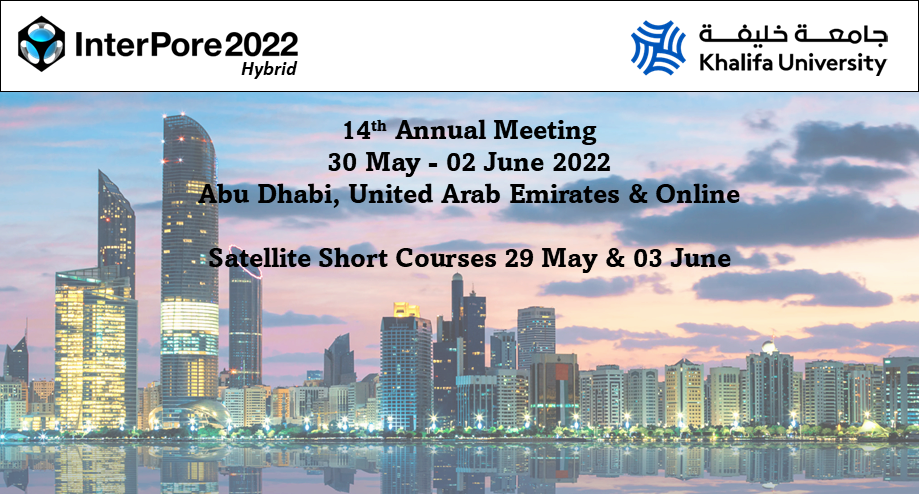Speaker
Description
Algal biomass is a reasonable feedstock for the production of bio-energy and valuable bio-chemicals. Thermochemical techniques such as pyrolysis, liquefaction, and gasification are eminent approaches to produce biochar from the biomass in the absence of oxygen. Pyrolysis is proposed as an effective method compared to other techniques due to its operating state. Biochar is a porous, largely carbon-based material. Biochar from algal biomass has recently gained more attention in the application of supercapacitor, coal fuel, adsorbents, and catalysts. In this research, five brown algae (Laminaria digitata, Saccharina latissima, Saccorhiza polyschides, Himanthalia elongata, and pelagic Sargassum) have been converted to biochar at a wide range of temperatures (300-800°C). Chemical and physical properties of raw and algal biochars have been characterised using FT-IR, XRD, EDX, BET, and SEM. Then, a comparison between raw and algal biochars was conducted.
The results indicated that algal biochar yield is negatively correlated with temperature, where by increasing the temperature from 300 to 800°C, the yield of biochars decreased from 70% to 38%. The pH and electrical conductivity (EC) of algal biochars were high compared to the algal biomass. However, at high temperatures (600-800°C), the pH was constant for algal biochars. The EDX results showed that the most prevalent inorganic nutrients in algal biomass and biochar are K, Mg, Na, O, Ca, and Cl. Furthermore, the result of XRD, for both algal biomass and biochar, showed a crystalline structure of Sylvite/Halite at 28-29°. In respect to the FT-IR spectrum, three main functional groups, namely carbohydrates, proteins, and lipids were assigned in algal biomass, where the strong bond of C-O was detected at 110-1200 cm-1. However, some of the functional groups disappeared by increasing the pyrolysis temperature. With respect to the BET analysis, there was a direct link between temperature and surface area. In fact, as temperature increased, the surface area also increased. SEM images confirmed that algal biomass was smooth without any pores. However, after the pyrolysis process, several pores were created due to the volatilization of organic materials. Potential application of algal biochar in soil amendment for enhancing soil fertility, and reducing soil acidity is recommended.
| Participation | Online |
|---|---|
| Country | England, United Kingdom |
| MDPI Energies Student Poster Award | Yes, I would like to submit this presentation into the student poster award. |
| Time Block Preference | Time Block A (09:00-12:00 CET) |
| Acceptance of the Terms & Conditions | Click here to agree |









